Braces can be unsightly, uncomfortable, and unappealing. However, thanks to the progression of modern dentistry, many alternative treatments can help to make your teeth straight without braces.
Teeth Straightening Options
Braces may be the only option if your misalignment is particularly severe, but this is very rare. In most cases, individuals will be able to decide on a customized treatment plan depending on cost, length, and comfort.
Aligners have become one of the most popular choices recently, but we will also discuss other options for making your teeth straight without braces.
Aligners
Clear aligners are the most popular alternative to traditional braces. They're made of a hard plastic material and are custom-fabricated to fit an individual's mouth.
In most cases, a patient will go through a series of differently shaped aligners, which slowly push the teeth into the correct position. The progression of aligners is similar to the routine tightening of traditional metal braces.
Aligners are worn for approximately twenty hours per day and changed every few weeks, depending on an individual's needs. You might choose to get aligners instead of braces for many reasons:
- Appearance: Many patients, especially adults, are not fans of how metal braces look and would prefer a discrete appearance while straightening their teeth.
- Convenience: Aligners can be easily removed, which makes brushing and flossing a breeze. They are also easier to keep clean, as you're not worrying about maintaining braces that are affixed to your teeth and difficult to clean if something is stuck in them.
- Comfort: One of the most common complaints associated with braces is pain. Aligners, on the other hand, are less likely to irritate your gums and cheeks and cause less scratching.
Aligners are also a popular choice for individuals who had braces or corrective treatment in the past and are now experiencing shifting or minor misalignment. They're great for minimal issues where braces may not be necessary for treatment.
There are two different methods by which individuals can obtain aligners: by an orthodontist, or through at-home services by online providers.
Aligners Provided by an Orthodontist
Although at-home straightening services are becoming increasingly popular, there are many reasons that you might visit an orthodontist instead. While sending in a simple mould and a few pictures of your teeth, followed by receiving a series of aligners, sounds convenient and easy, many things can go wrong during the process.
You could have underlying issues that can't be identified through a photograph or mould. When you aren't having x-rays taken as you would at an in-person office, you aren't being treated for the issues below your gums—only the problems found above the gums, which can result in incomplete treatment or even damage.
Even if you haven't looked into straightening options, you've probably heard of Invisalign. Invisalign has been around since 1997 and is recommended by many orthodontists.
Invisalign has provided aligners for over eight million individuals with excellent results and are still coming up with innovative and effective methods to help straighten teeth. Invisalign can only be provided by an in-person orthodontist.
Your orthodontist will be concerned with correcting your smile's aesthetic appearance while also improving your dental health. The treatment provided by an orthodontist will be geared towards improving your bite and jaw alignment, which will be beneficial in the long-run.
Aligners Provided by At-Home Straightening Services
As there are many reasons to visit an orthodontist for straightening services, there are also many reasons you may opt for an at-home method instead:
- Cost: Depending on your dental provider and insurance plan, it may be more cost-effective to use an at-home straightening service instead of going in-person.
- Convenience: Maybe you don't have much free time in your schedule, and a long series of dentist appointments are the last thing you need.
- Severity: At-home straightening services are beneficial for individuals with minimal issues with their teeth that may not require in-depth care.
Companies like Smile Direct Club and Byte have surged in popularity over the past few years. Instead of scheduling an appointment with an orthodontist, you can register for an account online to begin the process.
You receive an impression kit with instructions on capturing a model of your teeth, which you then send back to the company. After they receive your moulds and perform an analysis, you'll be informed if you qualify for treatment and, if so, the length and cost required. After deciding on a payment plan, you receive your aligners in the mail and proceed from there.
One of the most significant concerns following at-home straightening treatments is the follow-up. Regardless of whether your teeth were straightened using braces or aligners, you will have to wear a retainer for an allotted amount of time to ensure your teeth stay in place.
An in-person orthodontist will also open up the option to install a permanent retainer that can last up to approximately fifteen years, instead of maintaining a removable retainer.
While the online companies will provide you with retainers after you complete your treatment, you won't have access to the same online care you had when your treatment started. So if you have any issues or concerns, you will most likely end up visiting your dentist in person.
Surgery
Although not typical, another method of teeth straightening is corrective surgery. If your misalignment is caused by problems with your bones and gums that keep your teeth in place, your dentist may recommend surgery.
Teeth straightening surgery is not a fix-all solution, though. It may just be the initial step in another treatment process. After undergoing surgery, you will most likely need to wear braces for a significantly shorter amount of time than usual.
Palatal Expanders
Palatal expanders are only used for children. If it's apparent that your child's mouth will not have enough room for incoming adult teeth, your dentist may recommend and install a palatal expander.
A palatal expander is cemented to the upper molars and gradually expanded to allow for more bone growth, creating space for teeth to move into their correct positions. Pursuing this option at a young age can help avoid any serious orthodontist treatment in their future.
Sources and References
-
[1]
Effectiveness of clear aligner therapy for orthodontic treatment: A systematic reviewAmerican Journal of Orthodontics and Dentofacial Orthopedicshttps://pubmed.ncbi.nlm.nih.gov/31651082/
-
[2]
Efficacy of clear aligners in controlling orthodontic tooth movement: A systematic reviewAngle Orthodontisthttps://pmc.ncbi.nlm.nih.gov/articles/PMC8610387/
-
[3]
Comparison of Different Types of Palatal Expanders: Scoping ReviewInternational Journal of Environmental Research and Public Healthhttps://pubmed.ncbi.nlm.nih.gov/37508755/
-
[4]
Orthognathic Surgery: General ConsiderationsSeminars in Plastic Surgeryhttps://pmc.ncbi.nlm.nih.gov/articles/PMC3805731/
-
[5]
Orthodontic Treatment with Clear Aligners and The Scientific Reality Behind Their Marketing: A Literature ReviewJournal of Biological Regulators and Homeostatic Agentshttps://pubmed.ncbi.nlm.nih.gov/32110470/
All sources accessed and verified on . Medical information reviewed for accuracy and compliance with current guidelines.
Related Articles
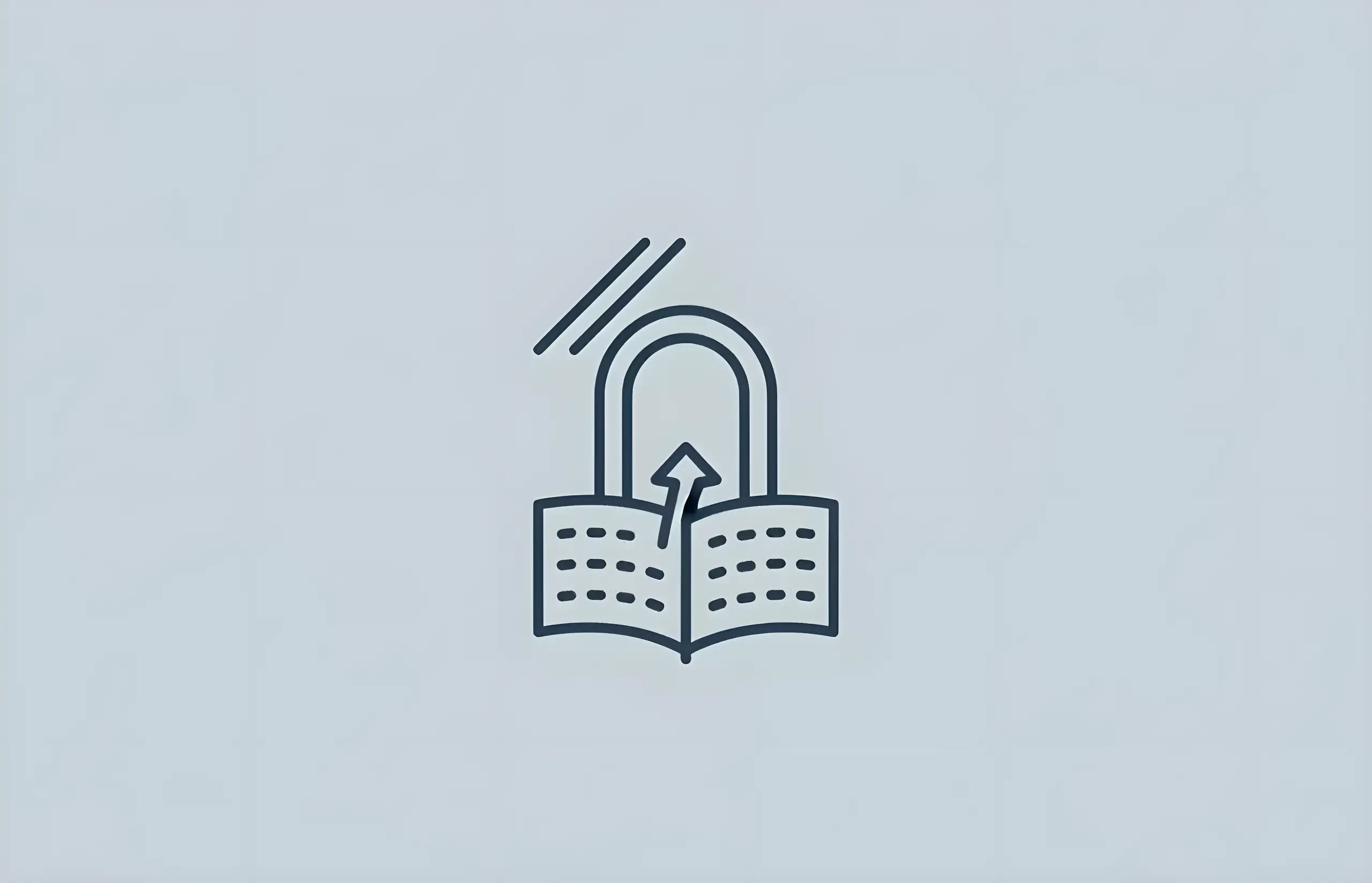
A Guide to Adult Orthodontics
Comprehensive information about orthodontic treatment for adults, including treatment options, costs, and what to expect

How Much Do Adult Braces Cost?
Comprehensive Cost Analysis (£1,500-£10,000 Range, 59% Out-of-Pocket, 6.31 Months Shorter with Aligners)
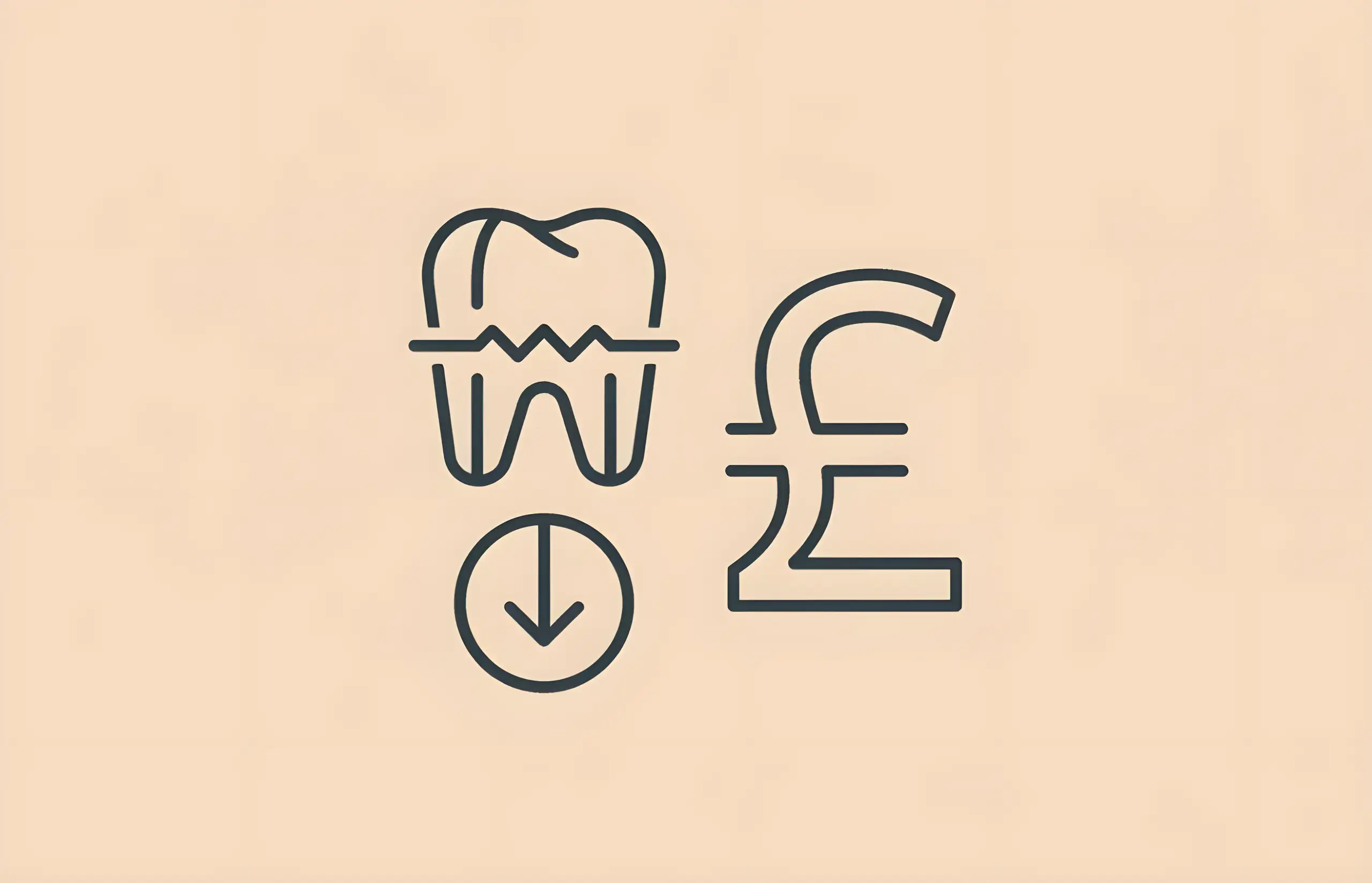
How Much Do Braces Cost in the UK?
A comprehensive guide to braces costs in the UK, covering different types of braces from metal to Invisalign and their price ranges
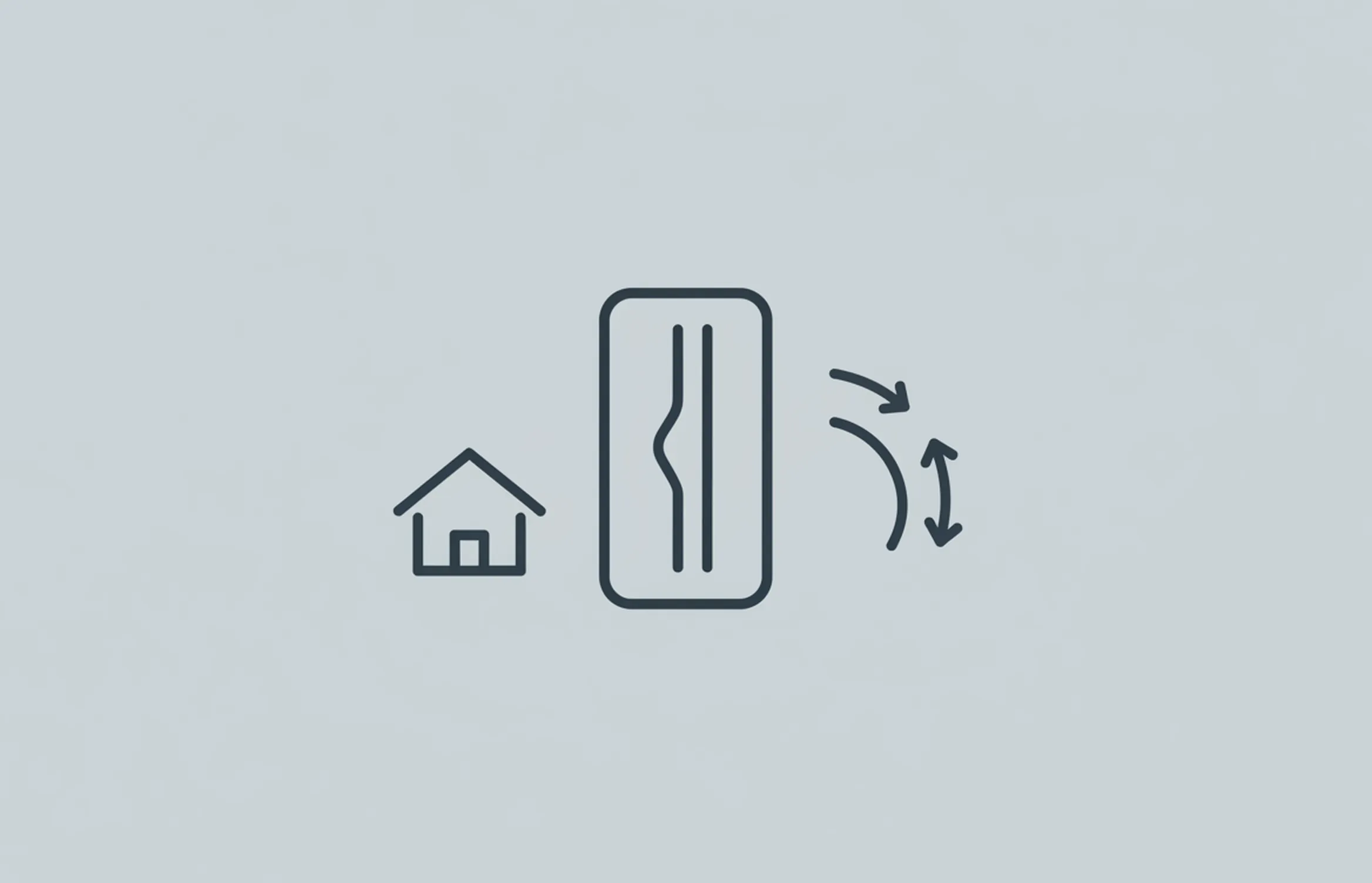
Can You Straighten Your Teeth At Home?
Complete guide to at-home teeth straightening including clear aligner options, effectiveness compared to traditional braces, safety considerations, and professional versus mail-order treatment
A Guide to Ceramic Braces
Comprehensive information about ceramic braces, including how they compare to metal braces, costs, benefits, and considerations for choosing this orthodontic option
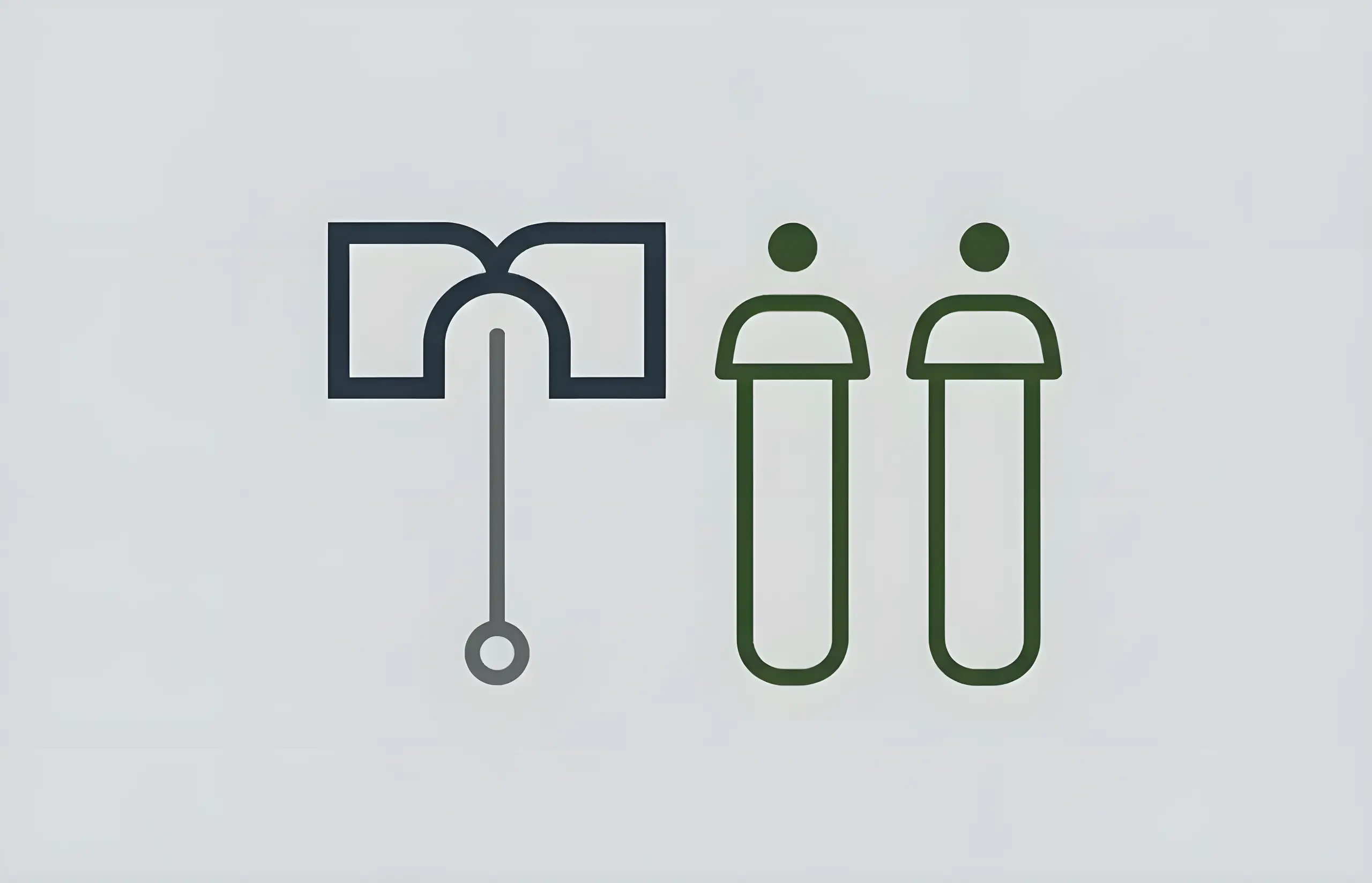
A Guide to Dental Braces for Kids
Comprehensive information about orthodontic braces for children and teenagers, including types of braces, treatment duration, costs, and oral care during treatment
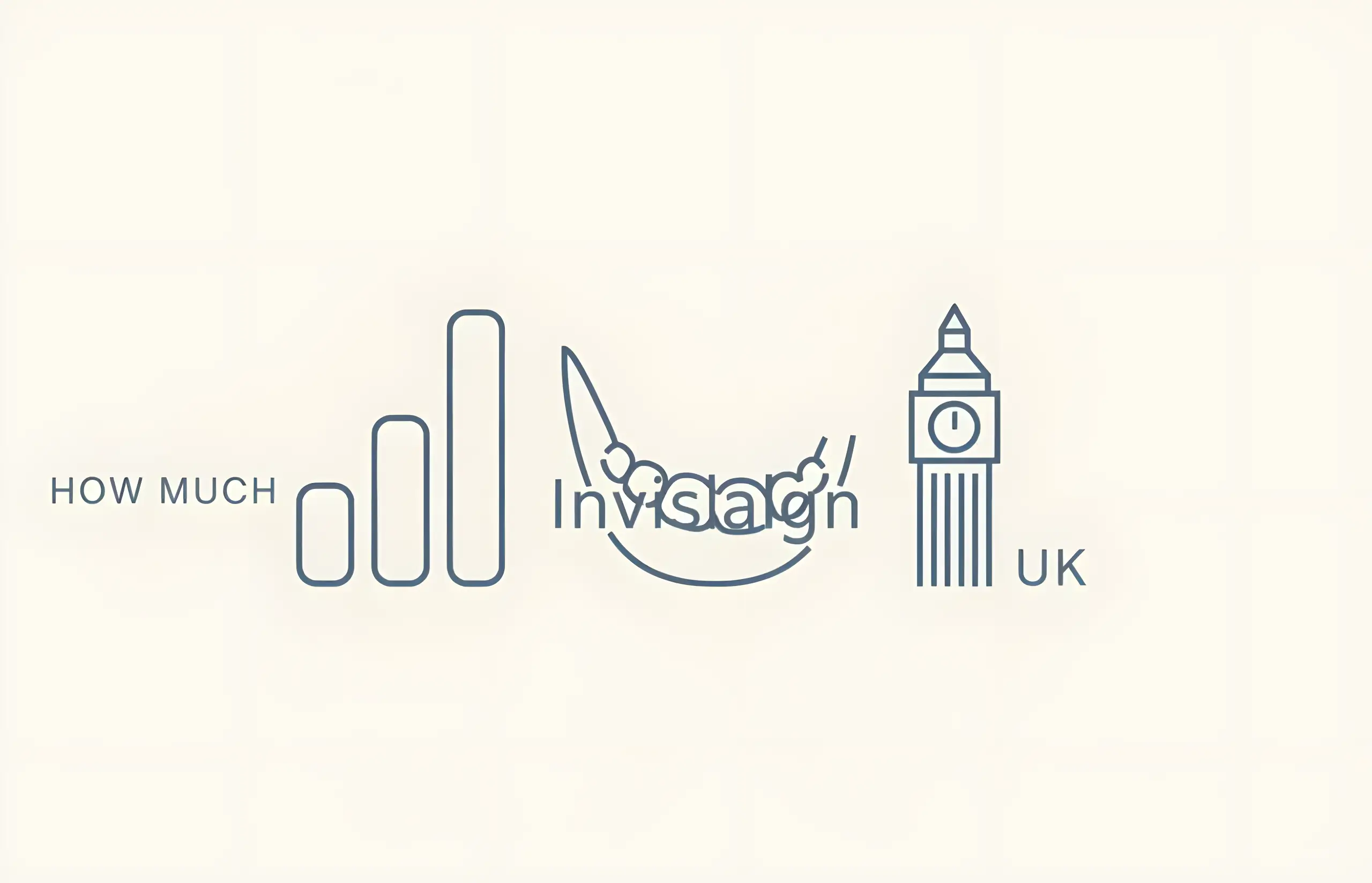
How Much Does Invisalign Cost in the UK?
Comprehensive guide to Invisalign invisible braces including costs, treatment process, eligibility, and what conditions can be treated
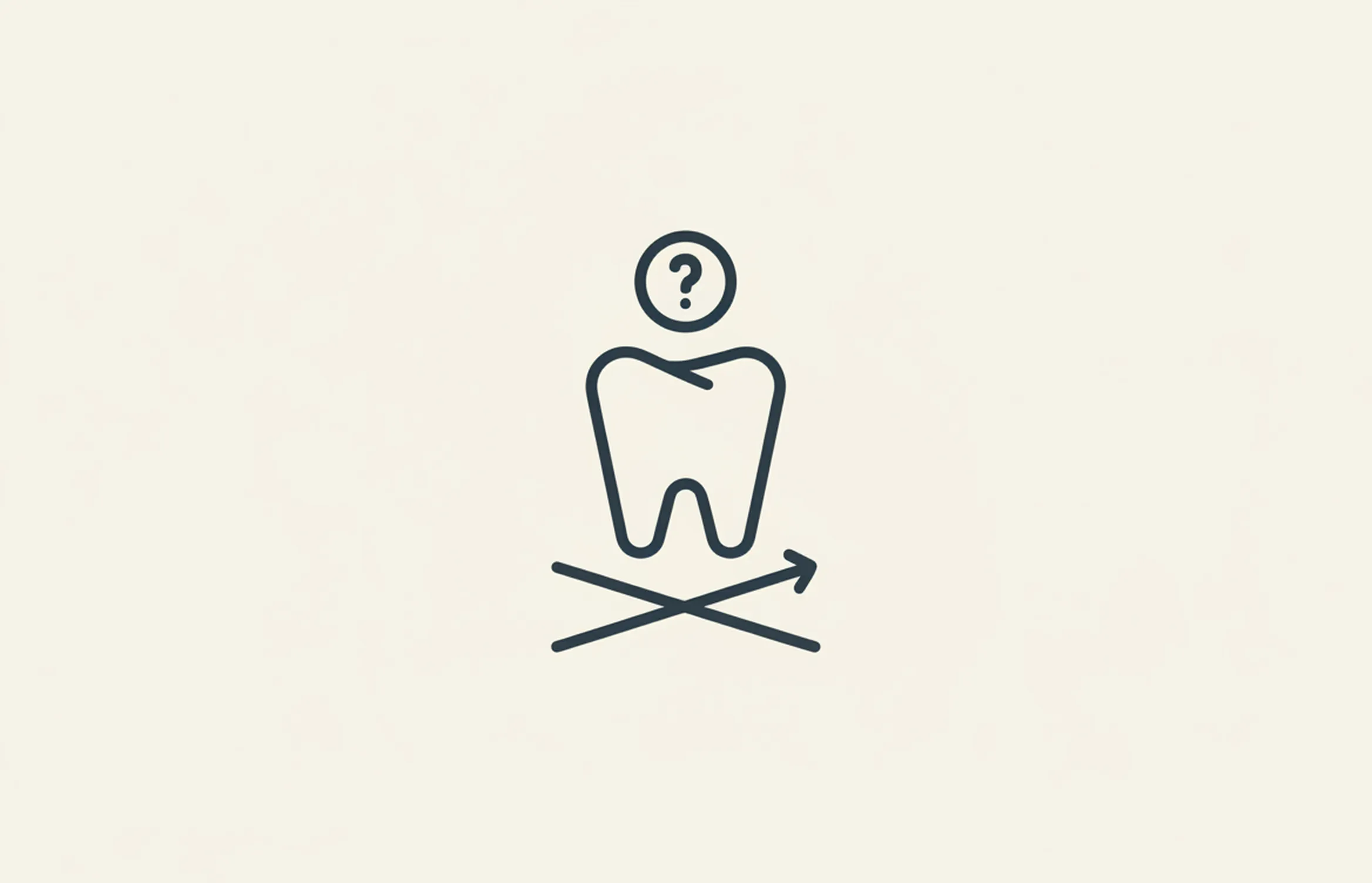
How Much Does Invisalign i7 Cost?
Comprehensive guide to Invisalign i7 clear aligner system for minor crowding and spacing issues, including treatment process, benefits, and costs (£1500 for full treatment)

A Guide to Invisible Braces
Comprehensive information about invisible braces (clear aligners), including benefits, effectiveness, costs, and how they compare to traditional metal braces

Metal Braces: A Simple Guide
Comprehensive guide to traditional metal braces for correcting misaligned teeth, including how they work, common conditions requiring braces, and modern improvements
About The Dental Guide
The Dental Guide is a trusted online resource providing evidence-based information about dental health, treatments, and procedures. Our content is created and reviewed by qualified dental professionals to help you make informed decisions about your oral health.
Our Mission
- Evidence-based dental information
- Expert-reviewed content
- Clear, accessible explanations
- Latest treatment options
- Patient-focused guidance
Editorial Standards
- GDC-registered dental professionals
- Peer-reviewed sources
- Regular content updates
- Medical accuracy verification
- Transparent authorship
Important Notice
The information on The Dental Guide is for educational purposes only and should not replace professional dental advice. Always consult with a qualified dentist for diagnosis and treatment recommendations tailored to your individual needs and circumstances.
Medically Reviewed
Reviewed by Dr. Nasim Mechoui , BDS (Bristol)
Share this article
Comments & Discussion
Have questions about dental implants? Share your thoughts or experiences.
